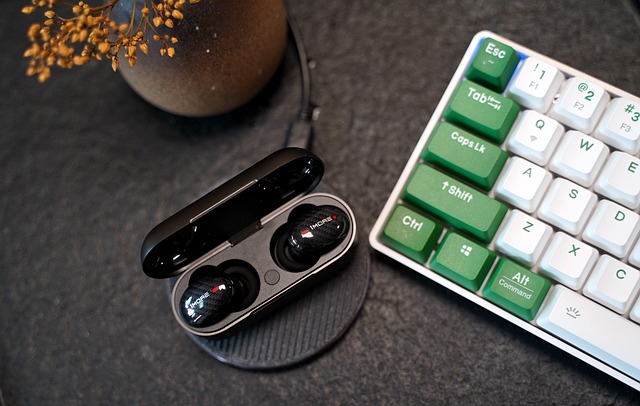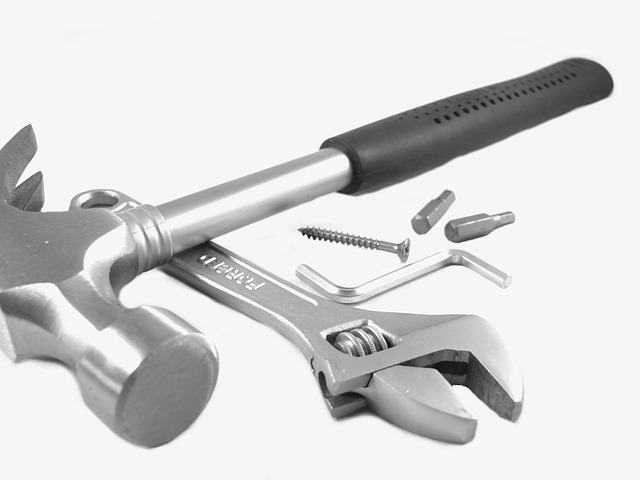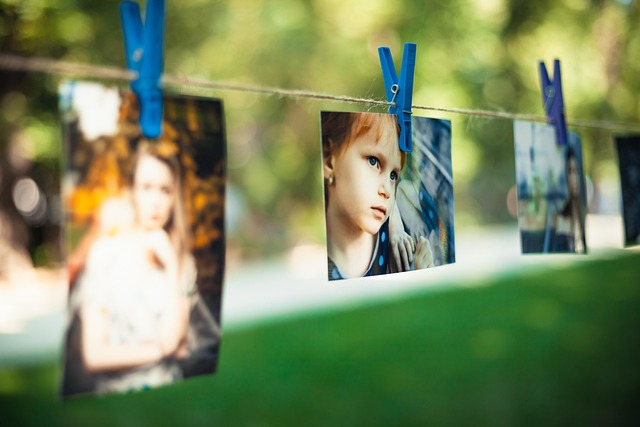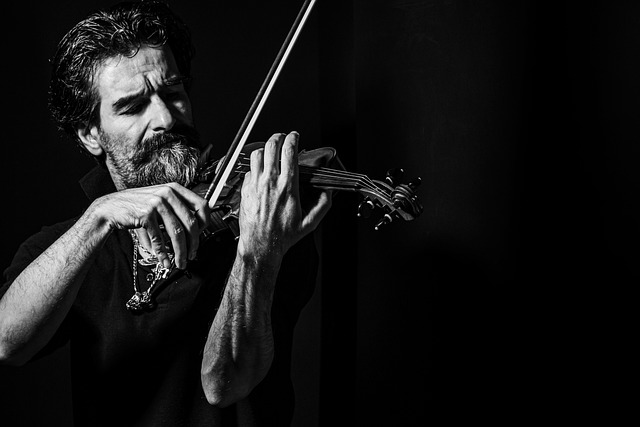Capturing Sharper Shots: Mastering Vibration Reduction in Photography
Every photographer knows the frustration of reviewing images only to find them blurred by the slightest movement. That subtle shake, often imperceptible to the eye, can mean the difference between a breathtaking photo and a missed opportunity. This is where vibration reduction steps in as an invaluable tool, transforming shaky shots into crisp, stunning captures. Whether you’re an enthusiastic beginner or a seasoned professional, understanding and mastering vibration reduction can elevate your photography profoundly.
What Is Vibration Reduction?
At its core, vibration reduction (VR) is a technology designed to counteract the tiny movements that occur when you press the shutter button or hold your camera. These movements cause motion blur, especially during longer exposures or with telephoto lenses. Modern cameras and lenses often feature VR systems that stabilize the image by shifting optical elements or using sensor movement, compensating for the shake and delivering sharper images.
Why Does Vibration Reduction Matter?
Think about those early morning landscapes or dimly lit indoor portraits where every bit of light counts. Handheld shots at slower shutter speeds are prone to blur, making VR a lifesaver. It grants you the freedom to shoot in challenging conditions without a tripod, expanding your creative possibilities. In wildlife or sports photography, where quick, spontaneous shots are essential, VR helps maintain clarity, allowing you to freeze the moment with precision.
Techniques to Enhance Vibration Reduction
- Use Proper Handholding Methods: Hold your camera close to your body, with elbows tucked in. A stable stance reduces movement.
- Toggle VR Appropriately: Some cameras benefit from turning off VR when using a tripod to avoid unintended motion from the stabilization system.
- Choose VR-Compatible Gear: Opt for lenses and bodies with advanced VR technologies tailored to your shooting style.
- Combine VR with Shutter Speed: The classic rule of thumb suggests using a shutter speed faster than the reciprocal of the focal length (1/50s for 50mm). VR lets you push this boundary further.
- Practice Mindful Breathing: Take a deep breath, exhale steadily while pressing the shutter to minimize shake.
Feeling the Difference
There’s a distinct satisfaction in seeing an image emerge from the viewfinder razor-sharp, every element crisp and perfectly detailed. Mastering vibration reduction isn’t just technical—it’s about embracing a sense of control and confidence in your craft. It connects you more deeply with your camera, transforming moments of frustration into creative triumphs.
By weaving vibration reduction into your photography habits, you unlock a new realm of clarity and expression, letting your vision shine unblurred and vibrant.




